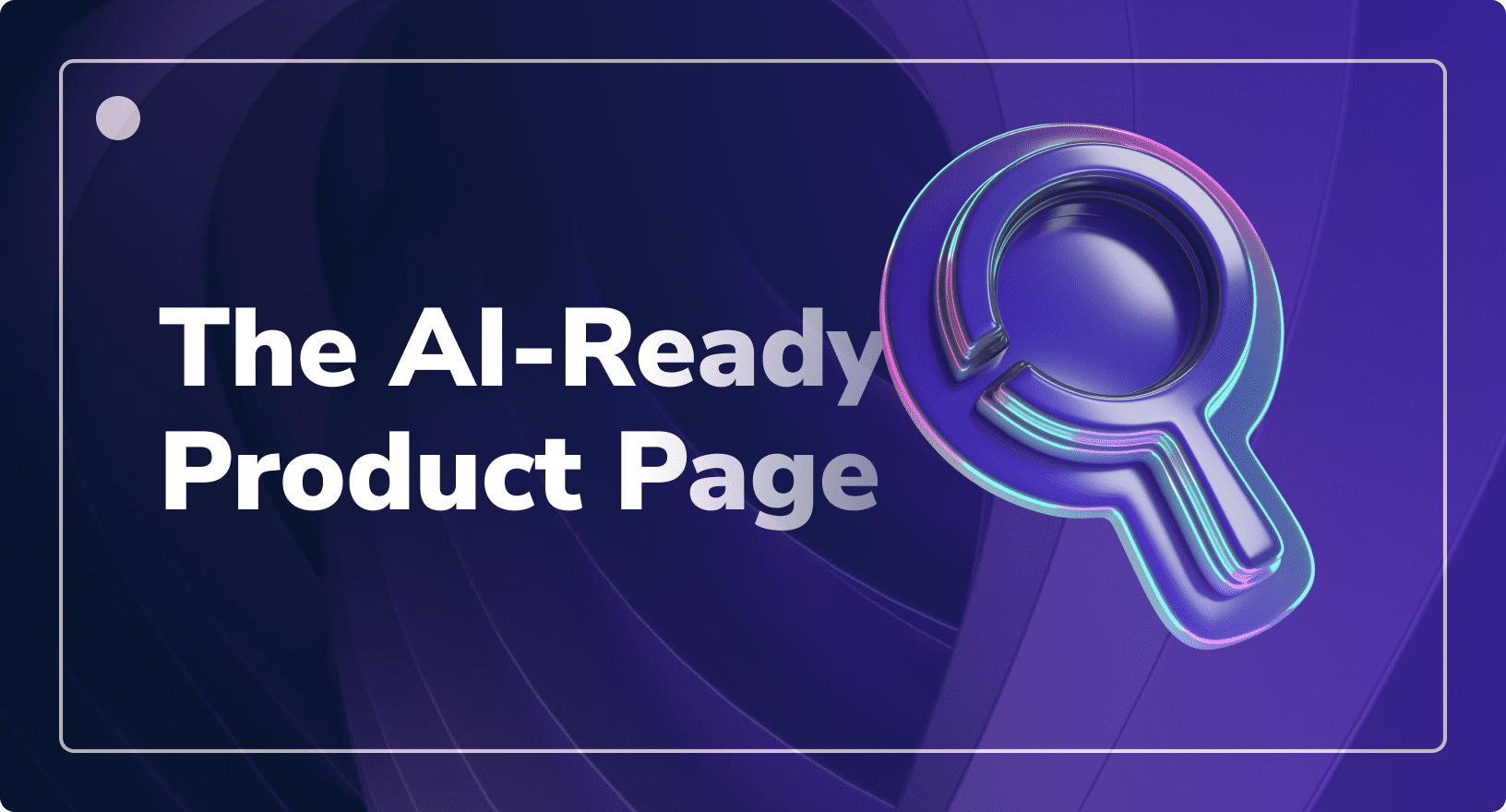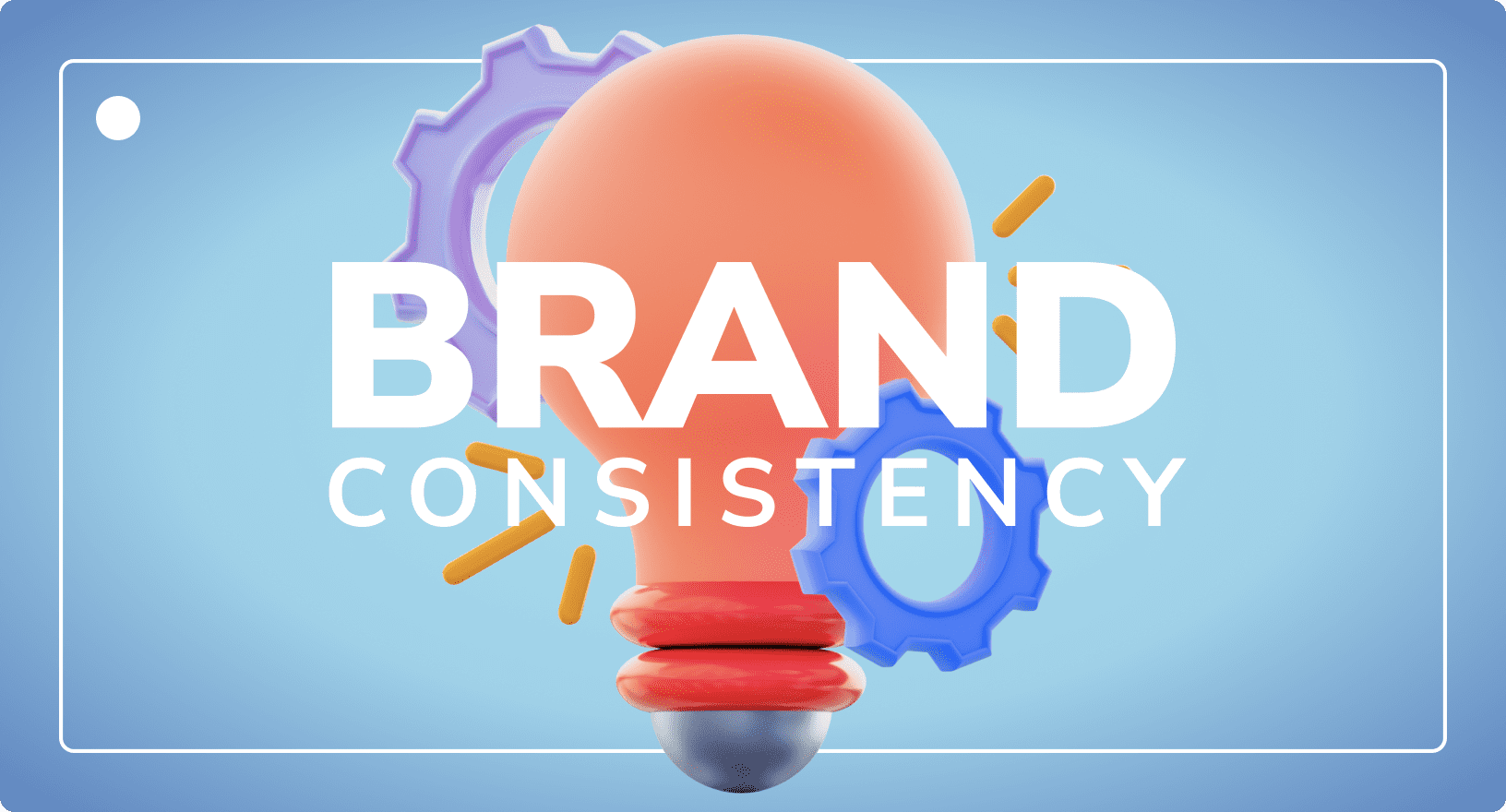How Online Shops Can Optimise Digital Content Delivery for End Users
Industry Insights
Updated on November 6, 2025
In today’s fast-paced online world, customers are impatient. If your shop loads content slowly, they’ll leave for a competitor.
The problem often lies with inefficient content distribution. This is where content delivery networks (CDNs) help.
CDNs are a global network of powerful servers. They deliver images, videos, and descriptions from the closest edge server.
This means faster load times, smoother browsing, and happier customers.
This article will explain how your online shop can optimise digital content delivery based on end users.
We’ll explain how CDNs work, their benefits, and how to choose the right CDN provider. We’ll also share several content distribution strategies so you can make your online shop lightning-fast.
Understanding Digital Content Delivery
As an e-commerce store owner, you know creating a smooth online shopping experience is crucial. This is where optimised content distribution helps.
Content distribution is the process of taking your store’s content from where it’s stored, like a DAM system, and delivering it to the front end of your website where customers see it.
The Definition of Digital Content Delivery
Digital content delivery refers to the process of sending digital information, such as videos, images, music, documents, and web pages, from a server to a user’s device over the internet.
It involves making sure that this content is accessible, loads quickly, and is displayed properly on various devices like smartphones, tablets, and computers.
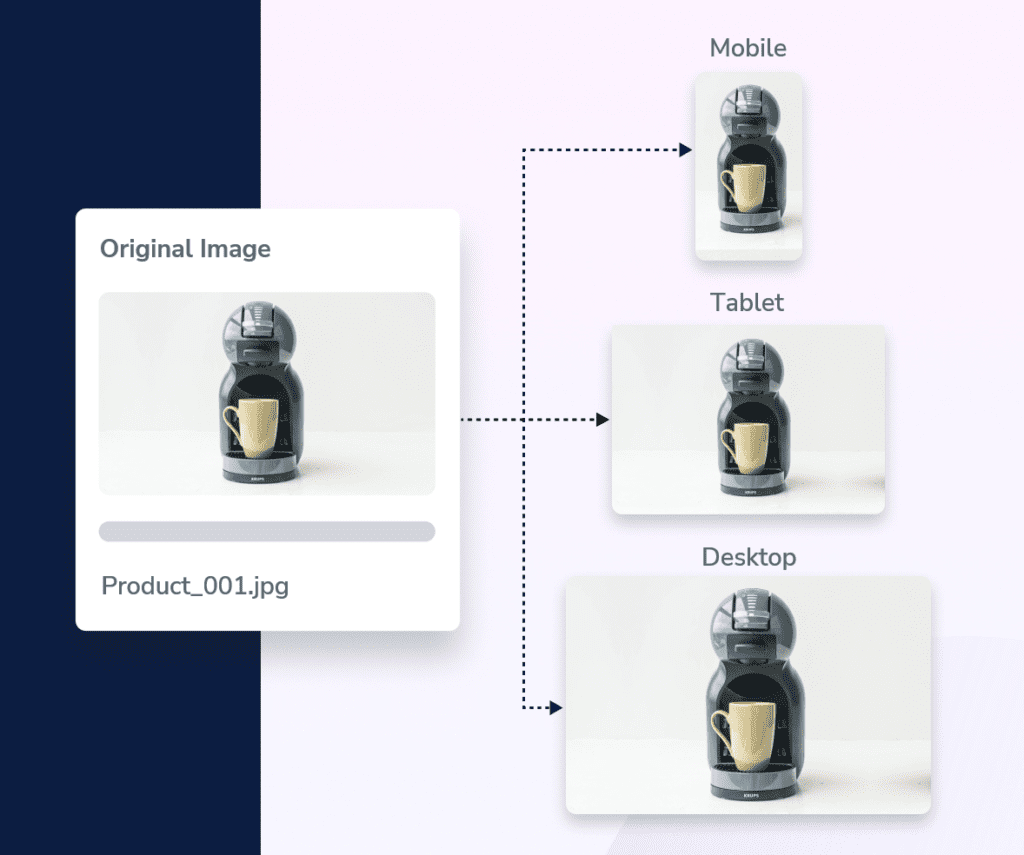
Consider a big product launch from Apple or Samsung. Thousands of interested shoppers visit your site at once. Without a CDN, your origin server could crash from the significant increase in traffic.
CDNs reduce bandwidth consumption and ease the load on your origin server, improving website performance.
But with a CDN, user requests go to the closest caching server, keeping your site fast and responsive. This way, all your customers get a great experience, no matter where they are or how busy your site gets.
Importance of Digital Content Delivery
Optimising digital content distribution is key for online shops to succeed. As a website owner, you need your content to reach users fast. This includes web pages, media files, and dynamic content. A content delivery network (CDN) is what makes this possible.
CDNs spread your content across many servers in different locations. When a user requests content, it comes from the nearest CDN edge server. This reduces network latency and boosts connection speeds. It also manages web traffic, stopping network congestion and ensuring smooth service during busy times.
This keeps customers happy as they avoid a slow loading site or interruptions. Caching servers store content closer to users, speeding up access and easing the load on your origin server. An optimised system also saves money.
By using CDN servers, you lower bandwidth costs and enhance website performance. This is crucial as your business grows and traffic increases.
Key Elements of Effective Digital Content Delivery
Effective digital content distribution is vital for e-commerce success. Website owners must enhance the user experience to boost sales.
Elements of Effective Content Delivery
High-quality content
Speed and performance
Accessibility and usability
Mobile optimisation
Focusing on content distribution networks (CDNs), web traffic optimisation, and website security is key.
CDNs, with their edge servers and distributed content, provide an easy way to improve load times and reduce bandwidth costs. This is especially true for mobile devices.
Content Quality
When running a successful e-commerce store, high-quality web content is key. Prioritise images, videos, and product descriptions to engage customers.
- Captivating Visuals: Use high-resolution images and engaging videos to showcase products. These visuals grab attention and boost conversions.
- Compelling Descriptions: Write clear product descriptions. Highlight unique features and benefits. Speak directly to customer needs.
- Consistent Branding: Keep a cohesive brand identity. Consistency in design and tone builds trust and recognition.
- Regular Updates: Refresh your content often. Keep product listings and blog posts current to engage your audience.
Speed and Performance
Speed affects user experience and conversion rates. Over 50% of mobile users leave a site if a page takes longer than three seconds to load.
Website owners must ensure fast load times to keep visitors engaged and lower bounce rates.
Faster loading also boosts SEO rankings, as Google favours quick access. A CDN speeds up access by spreading website content across multiple servers in different locations, cutting latency and speeding up access.
Strategies like image compression, lazy loading, and browser caching reduce bandwidth consumption and speed up the delivery of web applications without losing quality.
Accessibility and Usability
Making content accessible and usable is vital. Accessibility means everyone, including those with disabilities, can use your site.
This includes adding alt text for images, making the site keyboard-friendly, and using proper headings.
Usability ensures users can find what they need easily. Simple navigation, clear design, and responsive layouts are key. Use high-contrast colours and make sure your site works on different devices.
Employing user analytics helps you understand user behaviour and find areas to improve. Track page views, software downloads, time on site, and user flows to see how visitors interact and where they struggle.
Mobile Optimisation
Most users browse via mobile, so mobile optimisation is crucial. Ensure your site loads fast and looks gr great on small screens. Use responsive design to adjust layouts based on screen size. Avoid large, slow-loading elements.
Progressive Web Apps (PWA) offer an app-like experience on mobile browsers. This improves the mobile user experience with fast load times and interactive features.
Optimise images and videos for mobile by compressing files and using adaptive formats. Mobile-first indexing means the mobile version of your site is viewed as the primary over the desktop version, so optimisation of multiple versions is key for search rankings.
Tools and Technologies for Optimising Content Delivery
As an e-commerce store owner, you need a fast and reliable way to distribute content. Content delivery networks (CDNs) help achieve this by using interconnected servers. These servers spread your web content across multiple geographical locations.
This core network setup reduces load times and ensures uninterrupted service. CDN services handle both static and dynamic content efficiently.
Content Delivery Networks (CDNs)
A content distribution network boosts e-commerce sites by speeding up web pages. Because CDNs store content on many servers worldwide, your customers get data from the nearest server, cutting load times and improving their experience.
Now, let’s explore popular CDN services and their benefits.
CDN Services
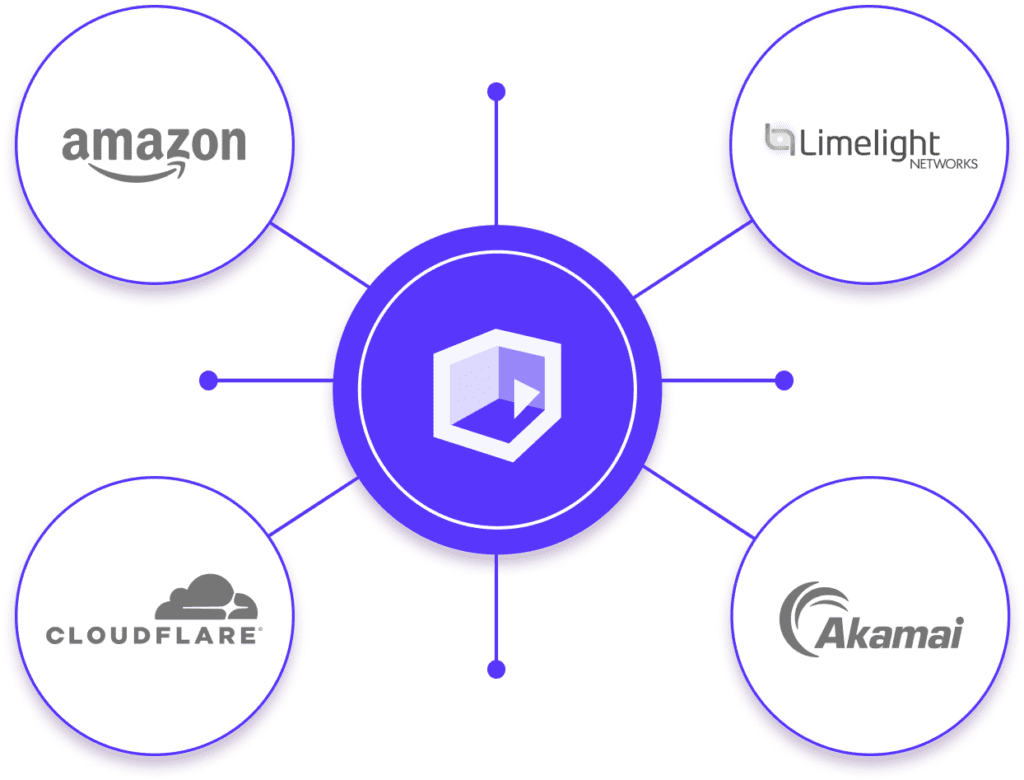
1. DemoUp Cliplister
DemoUp Cliplister is great for e-commerce sites that offer (or want to offer) a lot of visual content. It ensures fast image and video delivery and tools to track engagement. You even get insights like view rates and attention spans to see how content performs.
It also merges several popular CDNs to provide a unique and fully reliable service. If this sounds interesting to you, be sure to request a demo with one of our representatives. They’ll show you the ins-and-outs of the solution and offer custom pricing based on your specific needs.
2. Cloudflare
Cloudflare is a versatile content delivery network suitable for many businesses. It also provides more than just fast delivery. It enhances security by defending against distributed denial of service (DDoS) attacks and reduces bandwidth consumption by caching content, which speeds up your site.
3. Akamai
Akamai is a well-known CDN provider with a huge server network. It delivers fast, reliable service and is ideal for large sites. However, it also carries a large cost which means many people look for alternatives.
4. Amazon Cloudfront
Amazon CloudFront integrates with other Amazon Web Services (AWS). It offers pay-as-you-go pricing, which is cost-effective for small businesses. CloudFront supports dynamic content and offers tools to track performance and user engagement.
Each CDN has strengths and weaknesses. Akamai is robust, but costly. Cloudflare’s security features often add complexity to large sites. Or, you can go for an industry-specific solution like we offer e-commerce enterprises.
Of course, choosing the right CDN for you depends on your needs, budget, and content type.
Performance Optimisation Tools
Optimising your site is vital for keeping customers and boosting conversions. Performance optimisation tools help monitor and improve your site’s performance.
Google PageSpeed Insights is a free tool that shows you how your site performs on mobile and desktop. It suggests improvements like optimising images and using browser caching. Seasoned digital marketers know that regular checks with this tool prevent major issues.

GTmetrix provides detailed speed reports. It identifies slow spots and tracks your site’s performance over time. This helps you see the results of your efforts.
Using these tools regularly ensures your site runs well. Faster page load times enhance user experience and improve search engine rankings, attracting more visitors.
User Experience (UX) Tools
Good user experience (UX) keeps visitors engaged and drives sales. UX tools reveal how users interact with your site, highlighting areas for improvement.
If you have an MS Office account, Microsoft Clarity offers heatmaps, session recordings, and feedback polls. Heatmaps show where users click and scroll. Session recordings let you watch user sessions to understand their behaviour.
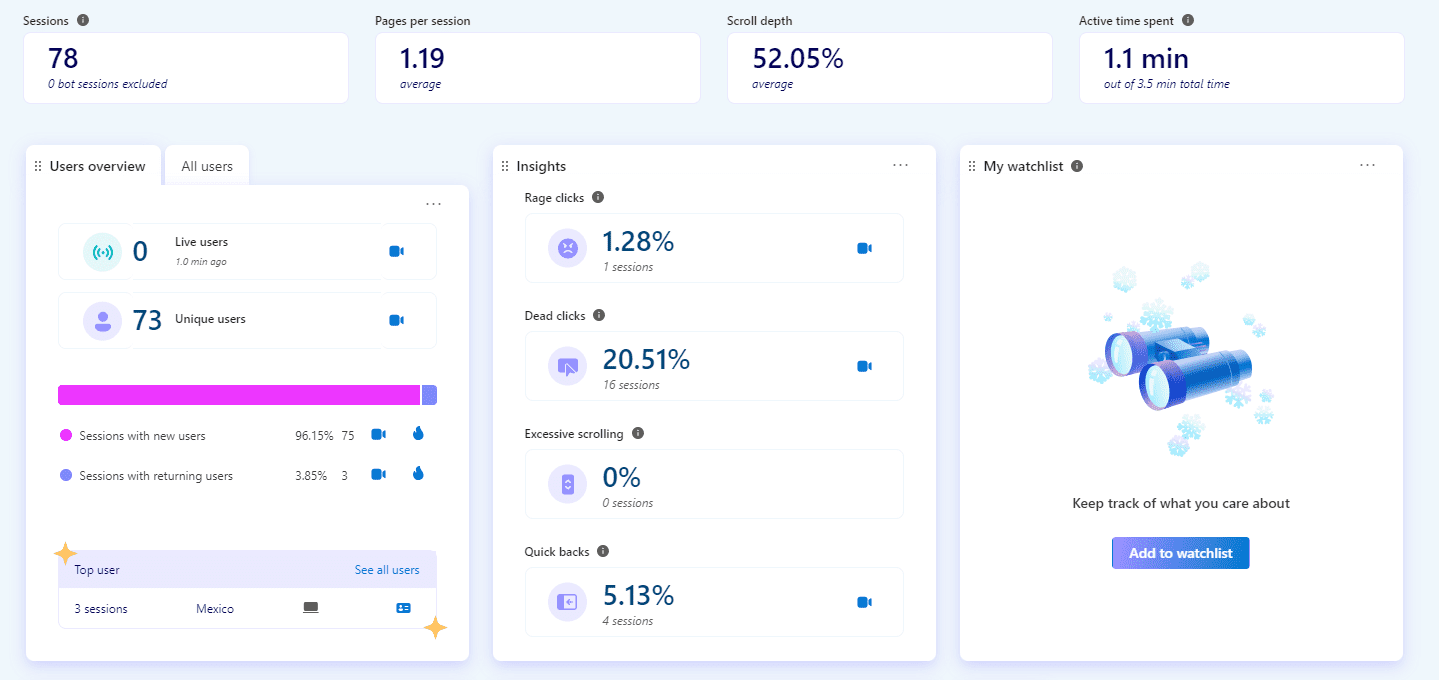
Crazy Egg provides similar features plus A/B testing. You can test different page versions to see which one performs better. For example, testing different layouts on product detail pages can significantly boost conversion rates.
These UX tools provide valuable insights. By tracking data and improving UX, you create a smoother shopping experience, encouraging customers to return and buy more.
Strategies to Optimise Digital Content Delivery for End Users
Optimising digital content distribution for your e-commerce store is often low-hanging fruit for improving user experience, boosting engagement, and driving sales.
Here are some key strategies to help you achieve these goals:
Enhancing Content Quality
Creating high-quality content is crucial, as is understanding your audience’s needs and preferences.
Use data to tailor your content and keep it fresh. Review existing PDPs and add new information to maintain their value.
Speak directly to your audience using a conversational tone. Address their specific pain points to build a stronger connection.
Incorporate visuals like 3D models, AR and review videos to make your product page more engaging and easier to digest.
Improving Speed and Performance
Speed is critical when it comes to content delivery. Slow websites frustrate users and increase bounce rates.
To combat this, optimise images by compressing them and using the right formats. Implement lazy loading to defer off-screen images and elements until the user reaches the appropriate point on the page.
Use a content delivery network (CDN) to cache your content in multiple locations. This ensures the quick delivery of internet content to users, improves website speed, reduces bandwidth costs and enhances security by mitigating DDoS attacks.
Ensuring Accessibility and Usability
Accessibility is vital for a broader audience and a positive user experience. Ensure your site complies with Web Content Accessibility Guidelines (WCAG). You should use alt text for images, provide transcripts for videos, and ensure simple keyboard navigation.
Simplify your website’s menu structure to make it intuitive and user-friendly. Use clear headings, concise content, and a logical flow.
Implement search functionality, filters, and breadcrumbs to help users find what they need quickly and easily know where they are on the site.
Optimising for Mobile Devices
With more users shopping on mobile phones, mobile-friendly content is a must. Use responsive design so your website adapts to different screen sizes.
CDNs minimise large files and complex scripts that slow down your mobile site. They also implement mobile-specific features, like click-to-call buttons and mobile-optimised forms.
Common Challenges and How to Overcome Them
Optimising digital content distribution can be hard for e-commerce store owners. Here are some common challenges and ways to overcome them.
Poor Digital Asset Management Workflows
Managing digital content can be tough. Product descriptions, images, and multimedia need constant updates. The good news is, you can use a digital asset management (DAM) solution with a CDN to automate updates.

When you change a product visual, the DAM updates the cached file on the website server and the CDN servers.
Automation tools in your DAM can also streamline workflows, help you create images at scale and quickly update metadata, which ensures consistency.
Technical Issues
Technical problems like server downtime and slow loading speeds hurt the user experience significantly. These issues often come from poor server infrastructure.
CDN services can fix many of these problems. CDNs cache content at locations close to the user, reducing latency. They store static content like images on CDN edge servers, providing faster access.
Load balancing spreads traffic across the network operators and multiple servers, preventing bottlenecks.
CDNs also provide redundancy. If one server fails, other operational servers take over. Regularly monitor your network and do security audits to find and fix issues early.
For more, read about how a CDN cache works.
Keeping Up with Technological Changes
Staying updated with new trends technologies is crucial but challenging. Continuous learning and adaptation are key.
Subscribe to industry newsletters, attend webinars, and join forums to stay informed. Invest in scalable technologies like AI-driven CDNs to future-proof your strategy.
These advanced CDNs optimise delivery paths and adjust to network changes, ensuring efficient delivery.
Partnering with reputable CDN providers gives you access to the latest technologies without huge in-house costs. They offer solutions like enhanced security and adaptive bitrate streaming, keeping you competitive in the market.
Conclusion
Success in e-commerce depends on how fast you can deliver content. A content delivery network improves user experience by speeding up internet content distribution.
Your shop isn’t just for selling products; it’s for forging relationships with your customers, building a brand identity, and communicating the value your company brings.
In other words, your websites loading times are one of the most important UX metrics you can focus on.
A reliable CDN helps you improve them by delivering content from the network edge and lightening the load on your origin servers.
This enhances security and cuts bandwidth costs. Static data like images can be stored as cached content on content servers, loading faster.
Your users want a seamless shopping experience, and you can provide it.
Frequently Asked Questions
These are the most frequently asked questions we receive from people in the online retail industry that we speak with. For more insights, check out our blog or visit the homepage.
Digital content delivery in the context of onlin shops means sending your shop’s content, like images and videos, from the origin servers to shoppers accessing it in the front-end quickly. It’s important because it affects user experience and sales. Faster content delivered means happier customers and more sales.
Speed is everything in e-commerce. To improve it, use a content delivery network (CDN). CDNs cache your content in data centers near your customers, speeding up delivery. Optimise images and use static content for common resources.
Several tools help optimise delivery. CDNs like Cloudflare and Akamai enhance security and performance by storing cached content near users. Performance tools like Google PageSpeed Insights fix speed issues. Choose tools that fit your needs, like reducing bandwidth costs or load balancing.
Mobile optimisation is crucial as more users shop on mobiles. Use responsive design and compress images for faster loads. This improves user experience and boosts sales, since users stay longer if the site loads quickly.
Challenges include managing volumes of internet content, handling technical issues, and ensuring content availability. Overcome these by updating your web hosting setup, using CDNs for traffic spikes, and monitoring your website server. Stay updated with the latest technologies and best practices for smooth delivery.
Better Content. More Sales.

Fill out the form to discover our end-to-end eCommerce content solutions for brands & shops
